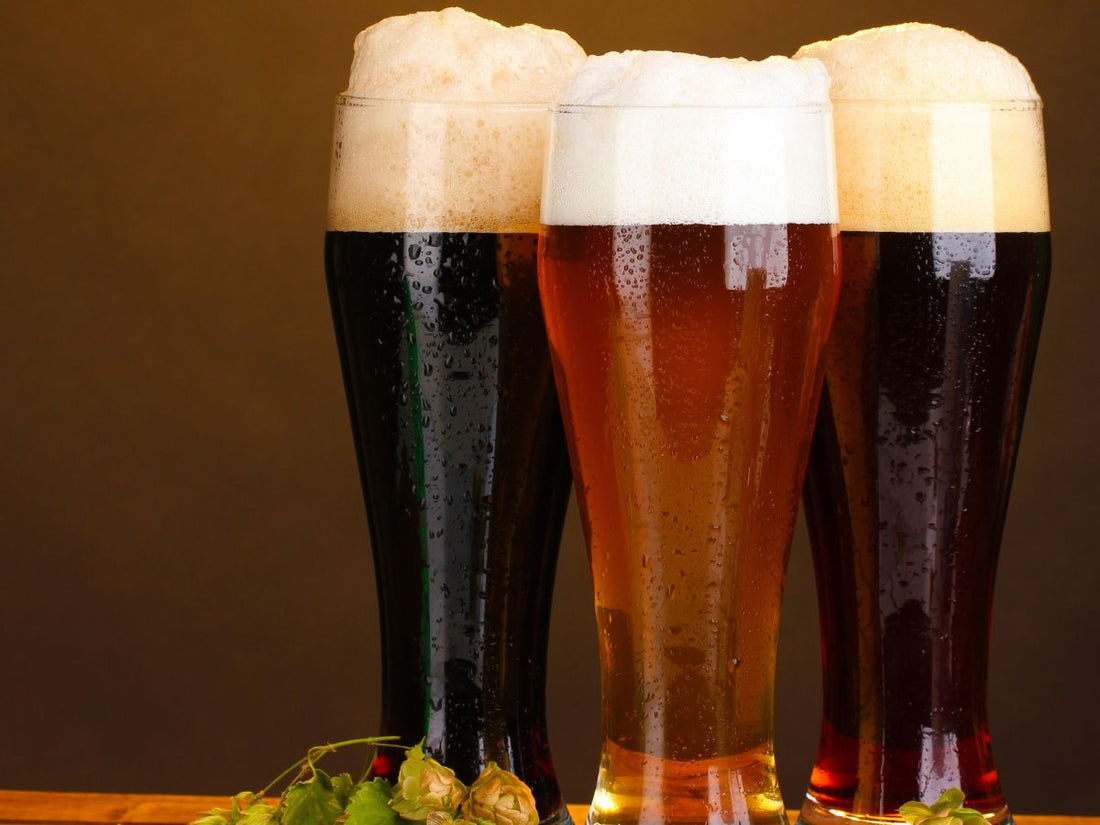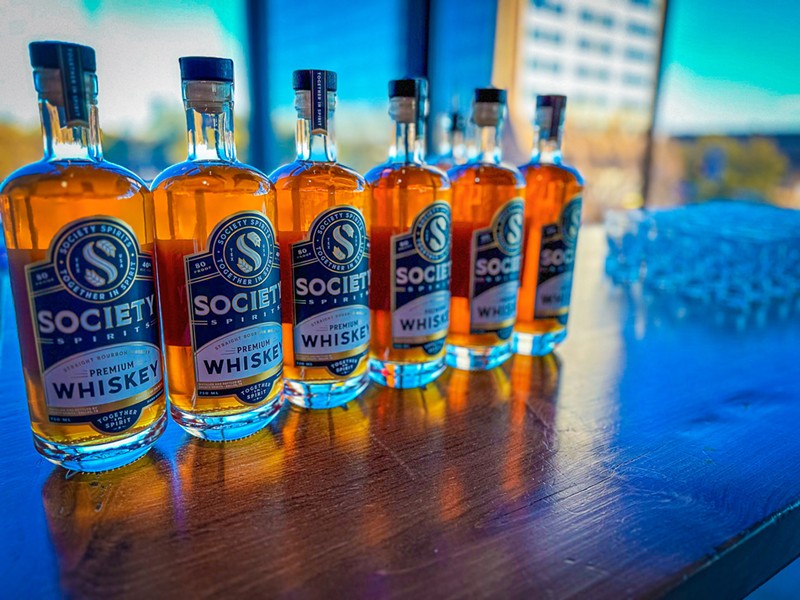Check out a Distillery in Galveston: Behind-the-Scenes Tours and Tastings
Check out a Distillery in Galveston: Behind-the-Scenes Tours and Tastings
Blog Article
From Mash to Container: The Ins And Outs of Craft Distillery Production Revealed
Craft distillery production is a meticulous process that includes a series of complex steps to transform raw active ingredients into a polished spirit ready for intake. From the first stages of mash preparation to the last touches of bottling and labeling, each phase of production plays a crucial role fit the character and high quality of the end product (Seawall Bar). As we unwind the intricacies of craft distillery manufacturing, we will certainly uncover the virtuosity and scientific research behind each action, clarifying the concealed globe that culminates in the creation of a remarkable and special spirit
The Art of Mash Preparation
Mash prep work in craft distillery manufacturing is a precise process that lays the structure for the quality and taste profile of the last distilled spirits. The art of mash prep work involves integrating grains such as barley, corn, rye, or wheat with water and enzymes to transform the starches into fermentable sugars. This essential step calls for precision in the selection of grains, water quality, and enzyme activity to make certain ideal sugar extraction throughout fermentation.
Craft distilleries take fantastic treatment in sourcing high-grade grains as they directly affect the taste and character of the spirits. The percentages of various grains used in the mash bill are also very carefully computed to achieve the wanted flavor account. Additionally, aspects such as water temperature level, pH degrees, and mixing techniques play a significant function in the mashing procedure.
As soon as the mash is prepared, it undergoes fermentation, where yeast is included in transform sugars right into alcohol. The top quality of the mash directly influences the efficiency of fermentation and eventually, the total top quality of the distilled spirits. Craft distilleries pride themselves on their attention to information during mash prep work, identifying its value in creating outstanding spirits.
Fermentation: Transforming Ingredients Into Alcohol
Just how do craft distilleries transform thoroughly ready components right into alcohol through the process of fermentation? Fermentation is a critical step in craft distillery manufacturing where yeast interacts with sugars to develop alcohol.

Throughout fermentation, the temperature level and atmosphere are closely kept track of to make sure ideal conditions for yeast activity. This procedure generally takes numerous days to a week, depending on the desired alcohol material and flavor account. As the yeast works its magic, the liquid undertakes considerable chemical modifications, causing the formation of alcohol.
When fermentation is complete, the resulting fluid is known as the laundry or beer. This alcoholic liquid works as the structure for the succeeding purification process, where it will be changed right into the final spirit via careful craftsmanship and accuracy methods.
Purification Techniques and Devices
Making use of customized tools and precise techniques, craft distilleries use numerous purification approaches to essence and refine the alcohol content of the fermented laundry, inevitably shaping the character and high quality of the last spirit. Purification is the procedure of dividing alcohol from the fermented liquid with evaporation and condensation. Craft distilleries normally use pot stills, column stills, go to this site or crossbreed stills in their purification processes. Pot stills, consisting of a swan and a pot neck, are recognized for producing flavorful spirits with abundant structures. On the other hand, column stills, which have numerous plates for distillation, are preferred for creating lighter and smoother spirits. Crossbreed stills incorporate elements of both pot and column stills, offering distillers flexibility in crafting a diverse series of spirits. The choice of still and the distillation technique made use of substantially affect the scent, flavor, and total quality of the distilled spirit. Craft distillers frequently trying out various devices setups and distillation methods to accomplish unique and remarkable spirits that show their creativity and know-how.
Aging Refine: From Barrel to Bottle
With the distilled spirits now prepared, the emphasis changes towards the important phase of the aging process, where the improvement from barrel to bottle imbues the fluid with distinct tastes and features. The option of barrel type, whether oak, charred, or previously utilized for various other spirits, considerably influences the final preference account.

Bottling and Classifying: Last Touches
Upon completion of the aging procedure, the craft distillery thoroughly proceeds with the meticulous jobs of bottling and identifying, adding the final touches that will provide the spirit to consumers. Craft distilleries often make use of automated bottling lines furnished with machinery such as cappers, fillers, and labelers to enhance the process.
Classifying is an additional necessary facet of the bottling process. Distilleries pay close interest to classify design, ensuring it abides by regulatory demands while likewise communicating the brand name's identity. Tags frequently include essential information like the spirit's name, alcohol content, and origin. Additionally, some craft distilleries look at these guys hand-label their bottles for a personalized touch, specifically for minimal version releases.
As soon as the bottles are filled, sealed, and identified, they undertake a final assessment to assure they satisfy the distillery's standards. This attention to detail in the classifying and bottling procedure mirrors the craft distillery's commitment to delivering a costs item to customers.

Final Thought
Finally, the process of craft distillery production involves meticulous actions such as mash prep work, fermentation, purification, aging, and bottling (Galveston Whiskey). Each phase requires cautious attention to detail and customized tools to make sure the end product meets high requirements of quality. From changing ingredients into alcohol to bottling and classifying the ended up item, craft distilleries showcase the art and science behind creating premium spirits for critical customers
Craft distillery manufacturing is a thorough procedure that involves a collection of intricate steps to transform raw components right into a polished spirit ready for usage.Mash prep work in craft distillery manufacturing is a meticulous process that lays the foundation for the top quality and taste profile of the last distilled spirits. Craft distilleries pride themselves on their attention to information during mash prep work, identifying its significance in creating outstanding spirits.
Upon completion of the aging process, the craft distillery thoroughly proceeds with the meticulous tasks of bottling and labeling, adding the last touches that will provide the spirit to customers. From changing active ingredients into alcohol to bottling and labeling the completed product, craft distilleries display the art and science behind developing exceptional spirits for discerning customers.
Report this page